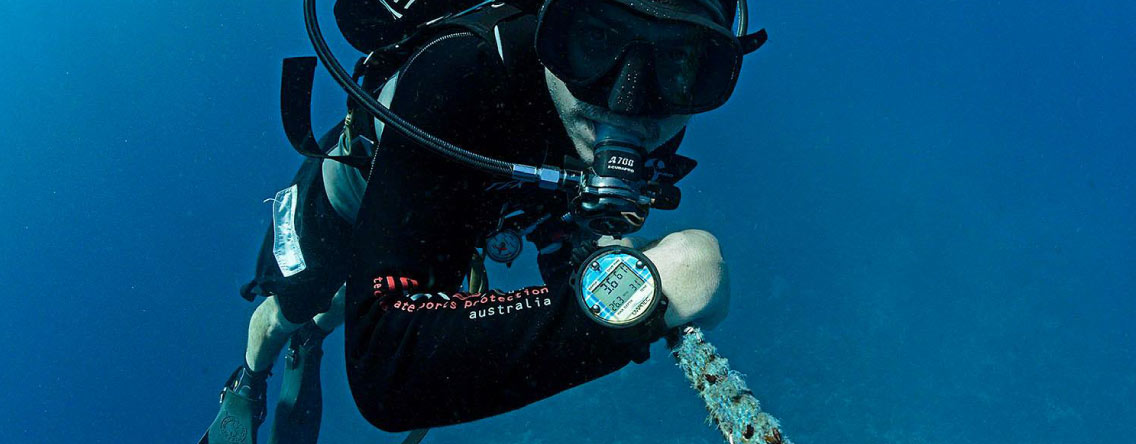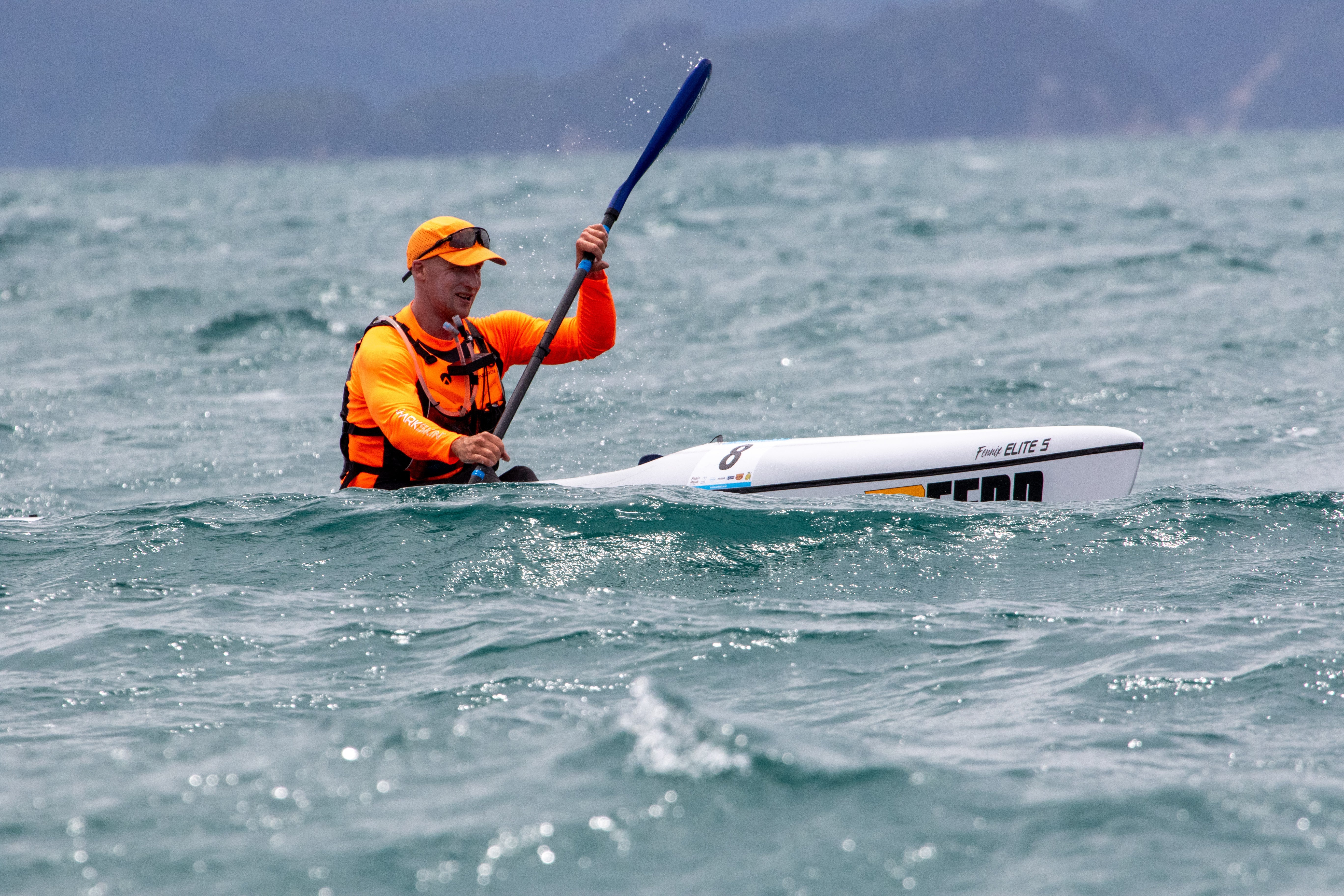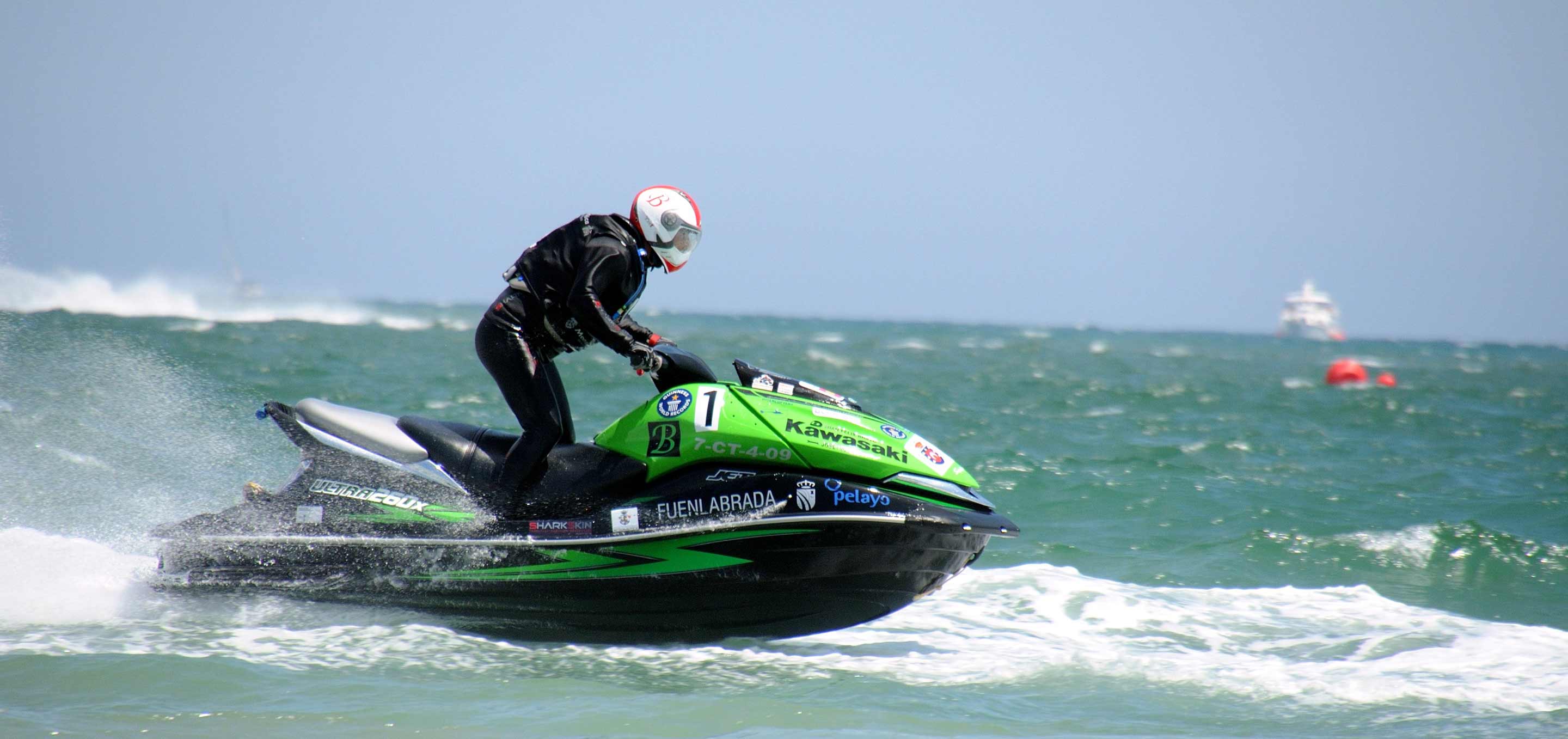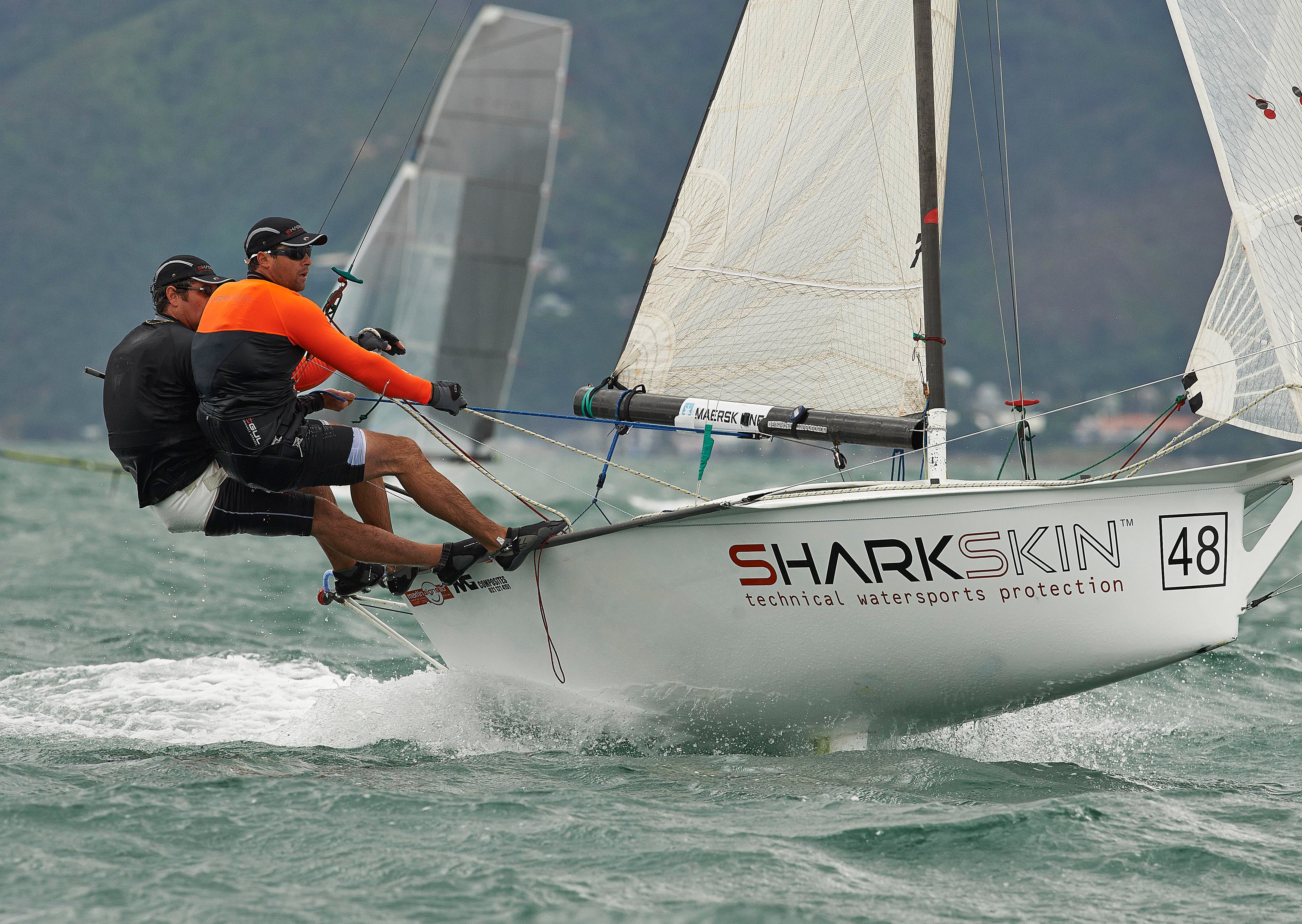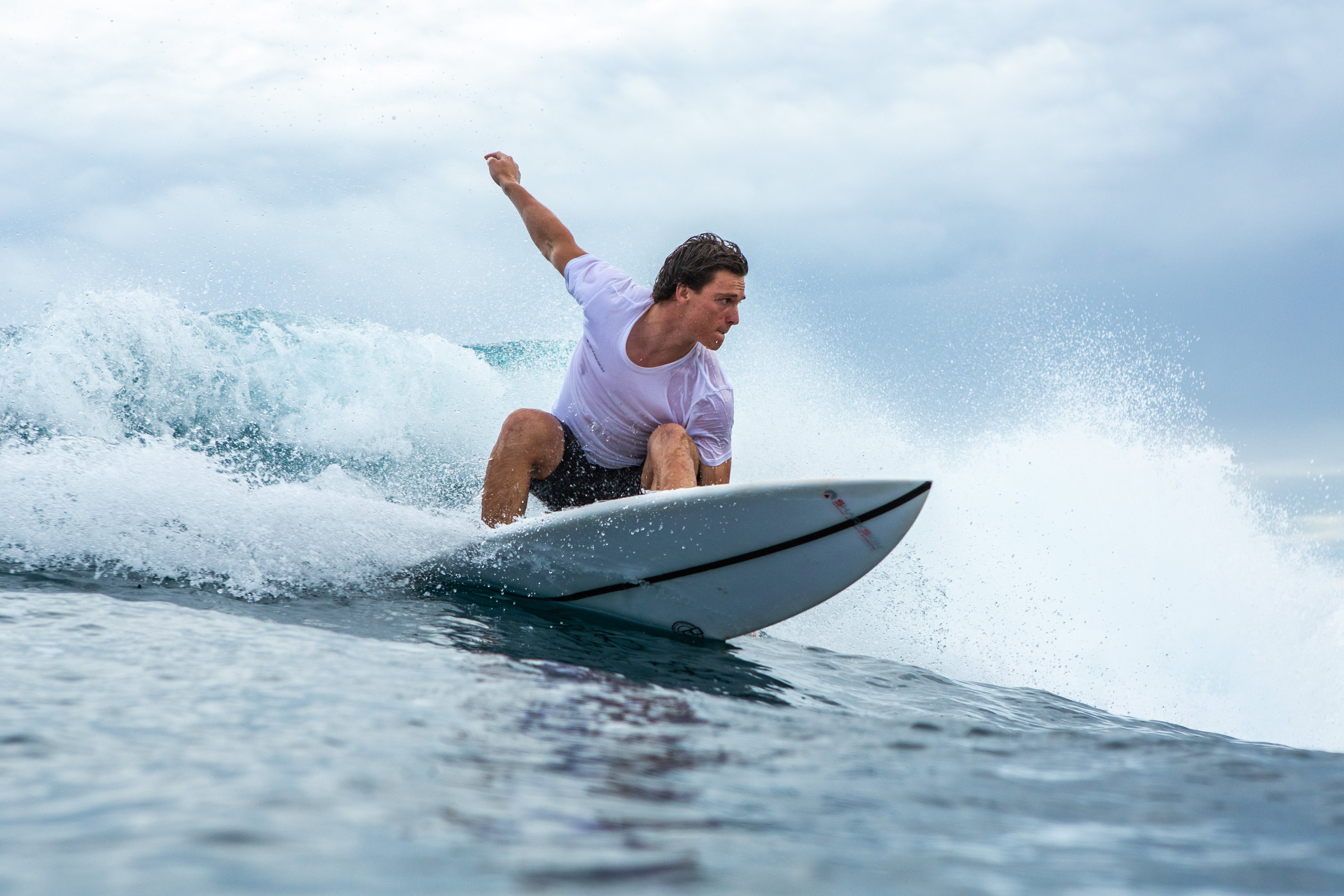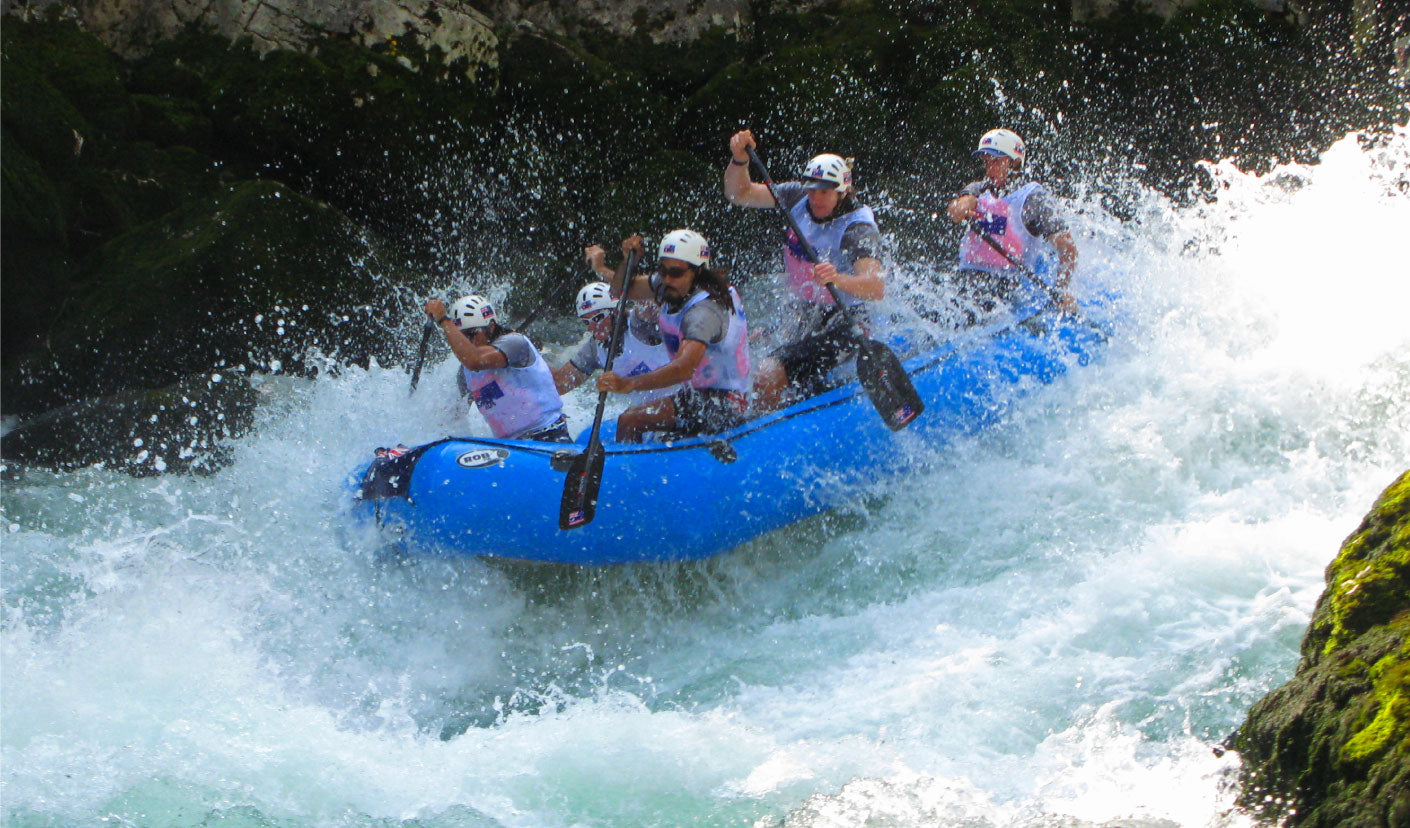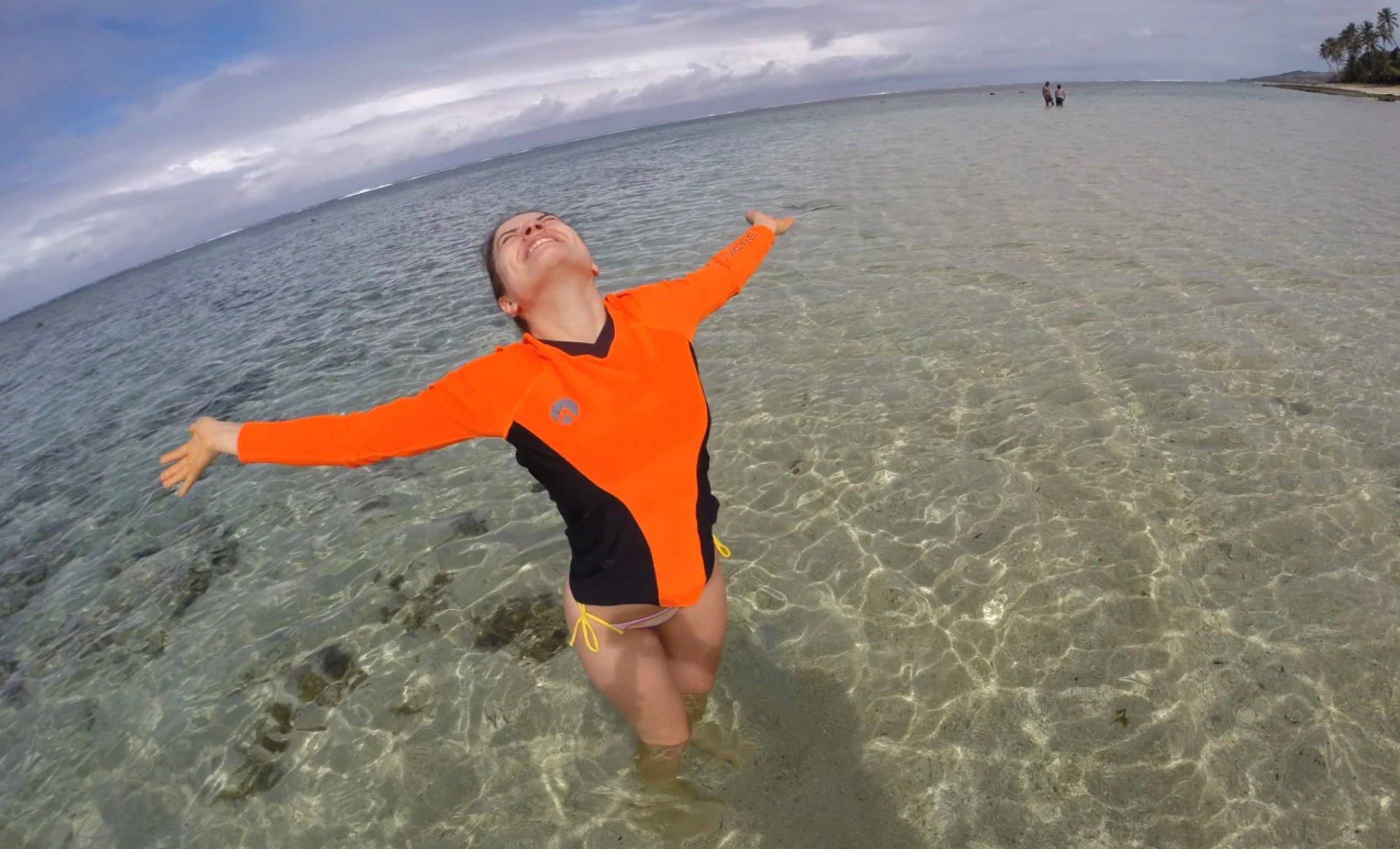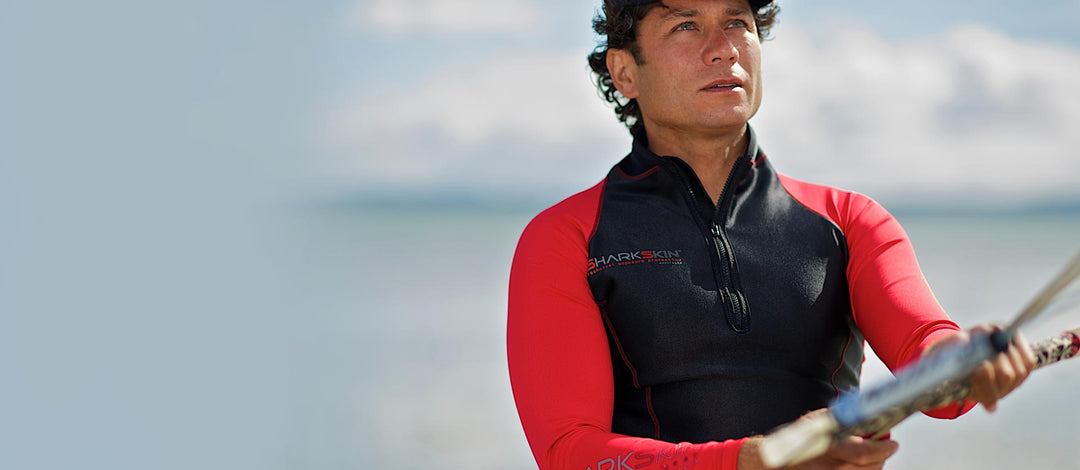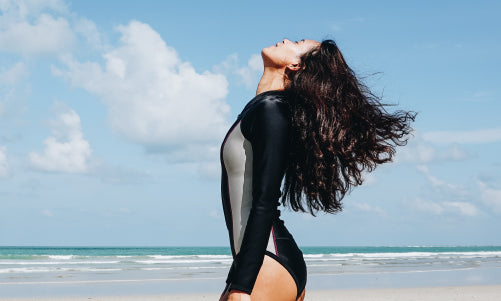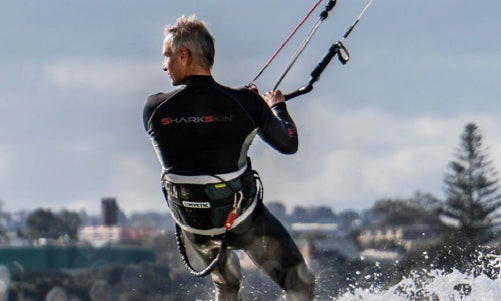How to Portage a Canoe
Portaging is a key skill for canoe trippers who need to move their canoe and gear from one body of water to another across land. It can involve walking along a portage trail or skirting around rapids. Learning the right method for carrying a canoe will help you protect both yourself and your equipment. In this post, we will explore useful tips on how to handle a person lift or person carry, manage multiple trips, and use a carrying yoke to rest a canoe on your shoulders.

What Is Portaging?
“Portage” in canoeing means carrying a canoe and your gear over land rather than paddling. This method is often used to avoid dangerous waters or to reach a different lake or river when canoe tripping. Sometimes the distance between water sources can be short, and other times it can require multiple trips to move all your equipment.
Preparing for a Portage
-
Pack Light and Smart
Keep your load as light as possible. Stow away water bottles and other gear so they are easy to carry. Too much loose equipment can slow you down. If you plan to make multiple trips, organise what you can carry on your first trip so you do not waste time returning for small items. -
Use a Carrying Yoke
A canoe’s carrying yoke is usually found near its centre. This helps distribute the canoe’s weight evenly when it rests on your shoulders. Before you begin, check that the yoke is secure and that the sides of the canoe are free of obstructions. -
Position the Canoe on Your Shoulders
If you are going for a person lift, coordinate with your paddling partner to raise the canoe overhead. One method is to place the canoe upside down on the ground, crouch at the middle, grip the sides of the canoe, and then stand up gently with the canoe on your shoulders. -
Balance and Support
Once you are standing, adjust the canoe so the weight is balanced on the carrying yoke. Use your hands to stabilise the sides of the canoe, especially if you encounter rough terrain or uneven trails.
Helpful Techniques
- Person Carry: If the canoe is too heavy or if you are carrying other gear, you and a partner can lift the canoe together from either end. This is more comfortable than trying to manage it solo in challenging conditions.
- Solo Canoe Portaging: If you must go alone, rest the canoe on your shoulders using the yoke, keeping your back straight. Remember to move slowly and carefully to avoid injury.
- Rest Stops: On long portage trails, take short breaks. Lower the canoe safely to the ground before each rest. Stay hydrated by sipping water from your water bottles.
- Good Footwear: Wear sturdy shoes or boots. This will help reduce slips and provide support when walking across rocks, mud, or roots.
Frequently Asked Questions
Q: How to portage a canoe for beginners?
A: Beginners should start by packing light, using the carrying yoke properly, and balancing the canoe on their shoulders. Moving slowly, taking breaks, and practising a person lift with a partner can help build confidence.
Q: What is a portage in canoeing?
A: A portage is the act of carrying a canoe and gear over land, usually between two bodies of water. It is a standard practice in canoe tripping where paddlers encounter hazards or need to link different waterways.
Q: How to portage a canoe solo?
A: Solo canoe portaging involves placing the canoe on your shoulders with the help of the carrying yoke. Steady your hands on the sides of the canoe to keep it balanced, and take regular rest stops if the trail is long.
Extra Tips for Water Lovers
Portaging is just one aspect of canoeing. If you are looking to improve your paddling technique, take a look at our post on How to Paddle Kayaks & Canoes with Proper Strokes. You can also find useful safety advice in our Water Safety 101 article. For those who enjoy exploring various aquatic activities, our Top 10 Water Sports Everyone Should Try guide might inspire your next water-based experience.
Finally
Portaging a canoe may appear tricky at first, but good preparation, proper lifting methods, and the right gear can make it much easier. Look after your back, take planned breaks, and organise your possessions well to prevent strain. After a few tries, carrying a canoe on your shoulders will start to feel comfortable, especially if you adjust the weight properly using a well-fitted yoke.
Clothing for Your Paddle Sports Needs
If you enjoy paddle sports such as canoeing or kayaking, you know how important it is to maintain the right body temperature and still feel comfortable. SHARKSKIN offers gear made with Chillproof, Thermal Flex, and Rapid Dry fabrics that give you thermal protection, wind protection, and breathability—perfect for portaging in cooler climates or paddling on sunny days.
Choosing SHARKSKIN products means you can handle tough portage trails and long paddles without overheating. Our clothing helps reduce windchill, stays flexible, and dries quickly, letting you focus on the experience rather than discomfort. Whether you are new to canoe tripping or a seasoned adventurer, give our range a look and find the ideal fit for your on-the-water adventures.




